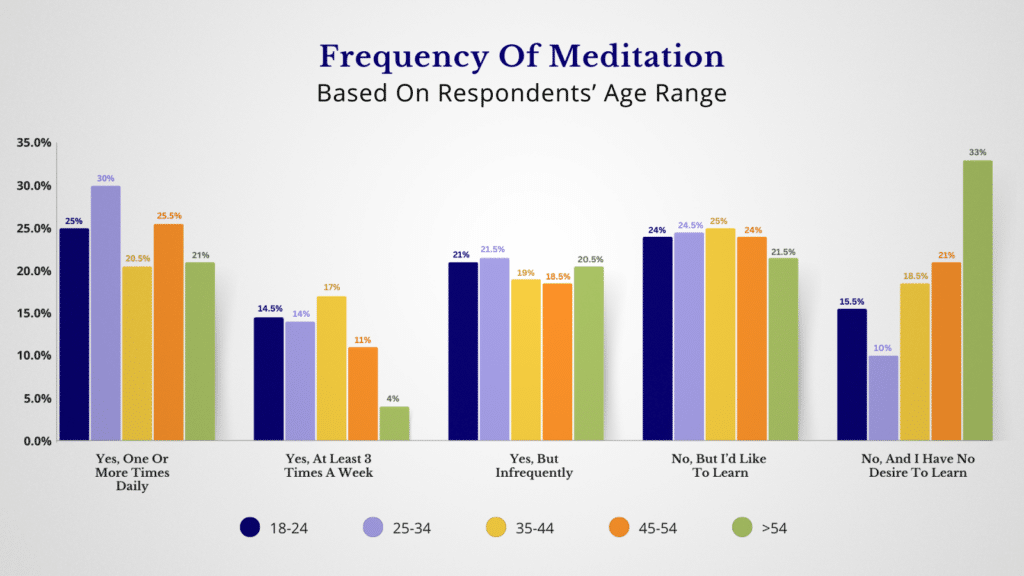By: Joshua Finley
People always say that college is the best time of your life. They emphasize how exciting the freedom of it all is, the lifelong friendships you make along the way, and the euphoric joys of what feels like cosplaying adulthood. But, what they never mention is what comes after. For many young adults, the transition from college to the real world can be daunting and difficult to maneuver. It feels like for the first few years of their undergraduate experience, students must navigate acclimating themselves to the college life. And just when they finally feel like they’ve found their footing, they’re forced to start all over again.
For many young adults, this age is the first in which they are dealing with real world responsibilities. Growing up with the support of family – both financially and emotionally – is wonderful and we frequently take it for granted. Until one day, nobody is paying your phone bill. Nobody is making sure you’ve had a meal during the day or that you’ve completed your work tasks. While it is a time to embrace personal independence, transitioning adults must grapple with financial responsibilities, academic pressures, and social challenges that they’ve never really had to face before.
“The mental and emotional health of our young adults should not be left to chance. Whether it be recent high school graduates going off to college or early 20 year-olds navigating their first career, they need a better toolkit to navigate the challenges daily life brings, and that’s not something we learn in school, or oftentimes, at home, either. We must give them the tools so that they can nurture their minds and souls to continue to develop into compassionate, capable, impact-driven and emotionally intelligent human beings,” says Jaya Jaya Myra, a well-known thought leader in consciousness and wellness.
Adulthood comes with its own set of mental challenges and emotional weight that younger people have yet to face. Nowadays, purchasing a home or landing a job is far more difficult than what older generations have to endure. Home prices have doubled in the last decade, and high interest rates are exacerbating the issue. Not to mention, young adults lived through a pandemic that changed the world completely. So, while older generations reminisce about the “good old days,” young adults are maneuvering a world different to the one of their predecessors.
Jaya Jaya Myra suggests: “Cultivating a space of mindness and wellness allows individuals to quiet their minds and balance their spirits. This can manifest itself in guided meditation, intentional mindfulness breaks, or even a conscious daily walk. These practices can offer young adults a sacred pause in a world of noise – something we can all agree they deserve.”
Jaya Jaya Myra conducted a survey revealing that a significant portion of young adults do not currently practice meditation. However, many in this group express an interest in learning and incorporating meditation into their lives.

At its core, meditation encourages mindfulness – the act of staying in the present moment without judgment. This practice can help young people tune into their mental state, allowing them to recognize and address feelings of anxiety, stress, or overwhelm before they escalate. And, it’s easily accessible!
For young adults, the calmness and introspection that meditation can offer can actually aid in their character development. Jaya Jaya Myra calls this conscious character development. By evaluating personal beliefs and maintaining awareness of yourself and your actions, you can actively and consciously work on personal maturity and growth.
Adulthood brings its own challenges. Your coming-of-age story may have its complexities, but it’s entirely your own. As young adults step into new phases of life, focusing on emotional and mental health can be beneficial. Meditation offers a way to cultivate calm and resilience, even if learning to sit still feels challenging at first. With regular practice, it may support navigating the emotional fluctuations of adult life.
Disclaimer: This article is for informational purposes only and is not a substitute for professional medical or mental health advice. If you or someone you know is struggling with mental health concerns, please seek guidance from a qualified healthcare provider.
Published By: Aize Perez



















